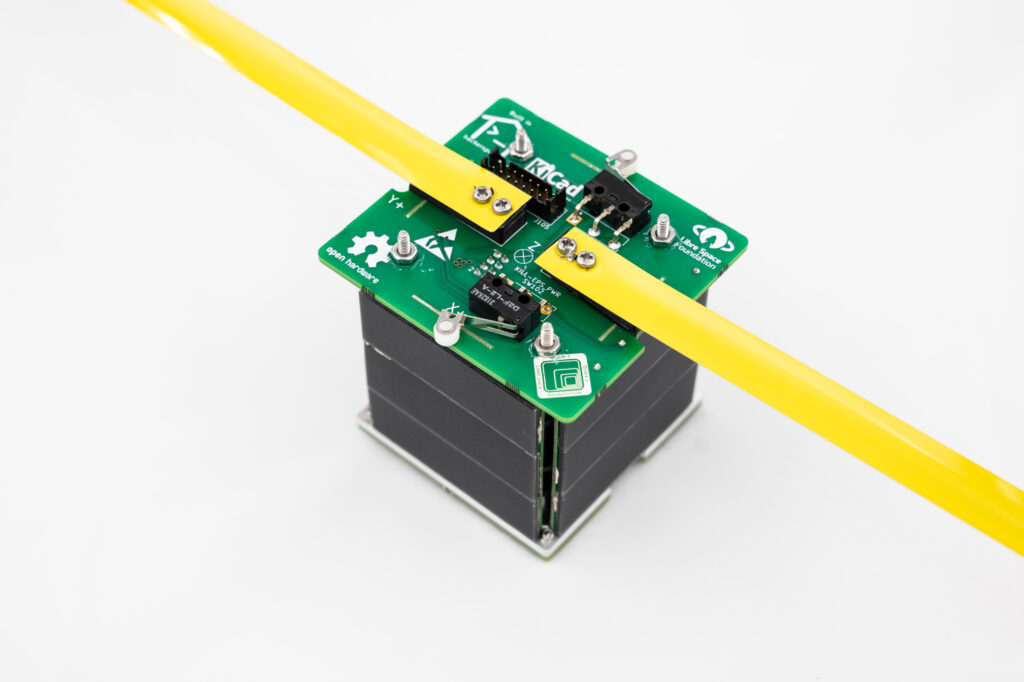Space – Infrastructures and Facilities
By providing high-quality facilities, resources and services available to researchers, partners and companies, our research infrastructures ensuring that science remains impact-driven and effectively addresses the challenges facing our society.
Coming soon: a gateway to the Lunar surface
The presence of lunar dust poses significant challenges to lunar missions, affecting the integrity of equipment and instruments. Astronauts have reported various issues such as failing seals, impaired vision, and damage to solar panels due to dust accumulation. A key simulation facility to qualify components crucial to the success of lunar missions is the so-called “Dusty Thermal Vacuum Chamber” (DTVC). The chamber will allow critical equipment to be tested under lunar surface conditions, in high vacuum in presence of lunar dust. The DTVC, designed and manufactured by ESA together with Spartan Space, Haux Life Support, Maana Electric and ESRIC, is expected to be ready in 2025 and will be commissioned at the ESRIC/LIST premises in Luxembourg.
LSA data center: access to space-related data streams
The LSA Data Center is a key element of the Luxembourg Space Agency’s strategy to broaden access to space-related data. It offers reliable, fast and intuitive access to some of the data streams from the European Copernicus Earth Observation programme, which collates information from the EU’s Sentinel satellites, as well as from air, sea and land sensors on Earth. The LSA Data Center supports the development of new products and services that rely on accurate Earth observation data. The information is provided on a full, free and open access basis through standard and premium access levels.
A testbed for quantum communication infrastructure
As computers are made with increasingly greater computing power, the time it takes for a hacker to be able to break encryption becomes shorter and shorter. However, an emerging field of cybersecurity called Quantum Key Distribution (QKD) aims to better secure our data. The Quantum Key Lab at the Interdisciplinary Centre SnT has been designed to enable advanced and applied research in quantum key distribution and quantum internet.
The infrastructure leverages both terrestrial and satellite optical links to guarantee the security of our data in our communications network in the future. The 5-year project, launched in 2022, is funded by the European Union’s Recovery and Resilience Facility in the context of the NextGenerationEU initiative. The facility is accessible to other public and private entities as infrastructure to use, or in the framework of a partnership agreement with SnT.
The Sustainable Composite Materials & Manufacturing Innovation Centre
Electric cars, hydrogen-powered vehicles and aircraft, urban air mobility and space transport of the future will all rely on ultra-lightweight, recyclable structural materials with a low carbon footprint. The Sustainable Composite Materials & Manufacturing (SCMM) Innovation Centre at LIST aims to develop, process and design composite materials with a very low carbon footprint. The infrastructure enables to cover the whole composites value chain with capabilities in terms of advanced characterization and testing, including non-destructive investigation.
The Zero-G Lab: Testing in micro-gravity environment
The Zero-G Lab is designed to allow researchers and students to test the movement of in-orbit robotics, satellites and other spacecrafts in a micro-gravity environment – similar in concept to an air hockey platform. Seeing how spacecraft and orbital robotics can be controlled or perform with decoupled systems in this environment provides scientists the unique chance of understanding and forecasting their behaviour in space.
The LunaLab: basalt gravel for testing moon vehicles
The International Space Master’s LunaLab is one of the few facilities across the globe that simulates lunar conditions for testing applications such as autonomous navigation of lunar robots, multi-robot interaction, lunar surface extraction, manipulation and transportation, additive manufacturing and regolith analysis. In the 80 m2 lab, about 20 000 kg of basalt gravel simulate the bedrock of the Moon, allowing students to experience practical applications in space robotics, and test their vehicles.
Space campus: two sites dedicated to space business and research
While Luxembourg has made of the development of space industry a priority, a brand new Space Campus will be built, aiming to create specific geographic areas in Luxembourg dedicated to space business activities and space research. The new infrastructure will be built in accordance with best practices in environmental protection, urban mobility and human well-being. The first buildings are expected to be operational in 2026.





